The white jelly fungus (Ductifera pululahuana) is very common in late spring and early summer. It stands out because it is strikingly white, unmistakably gelatinous, and rather gross-looking. Someone once said it looks like witch boogers, and now that comparison is forever in my mind. It isn’t an edible mushroom, per se. It’s not toxic, but it’s so thin and goopy that it’s not exactly appetizing, either.
- Scientific Name: Ductifera pululahuana (previous name: Exidia alba)
- Common Names: Pale Jelly Roll, White Jelly Fungus
- Habitat: Decaying hardwoods
- Edibility: Inedible, non toxic
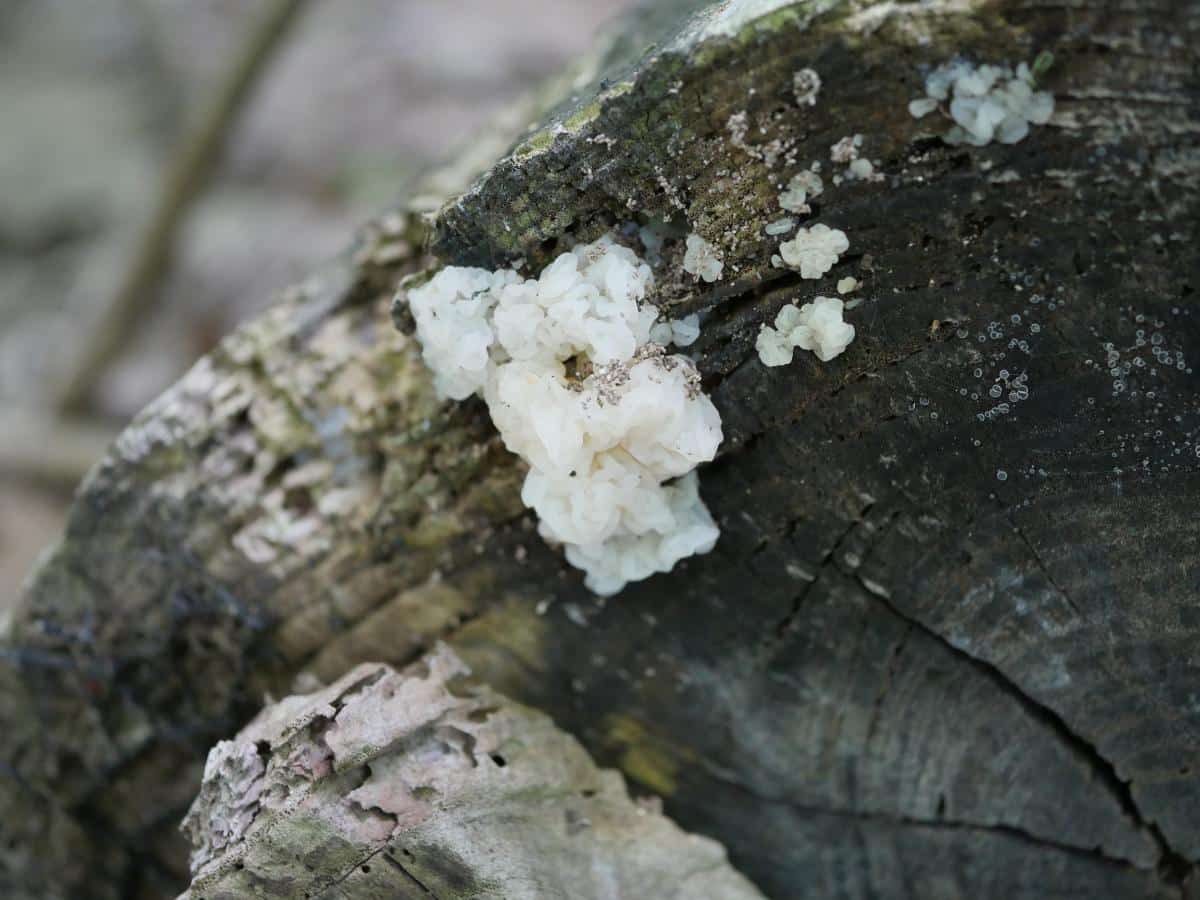
Jump to:
All About The White Jelly Fungus
White jelly fungus resembles a brain or a blob of white jelly splattered against dead wood. It’s also been described as fluffy mashed potatoes or witch boogers. It is dense, thick, and gelatinous and grows in tight-packed lobed clusters.
The species name, pululahuana, stems from the location where the type specimen was originally collected – Pululahua, Ecuador.
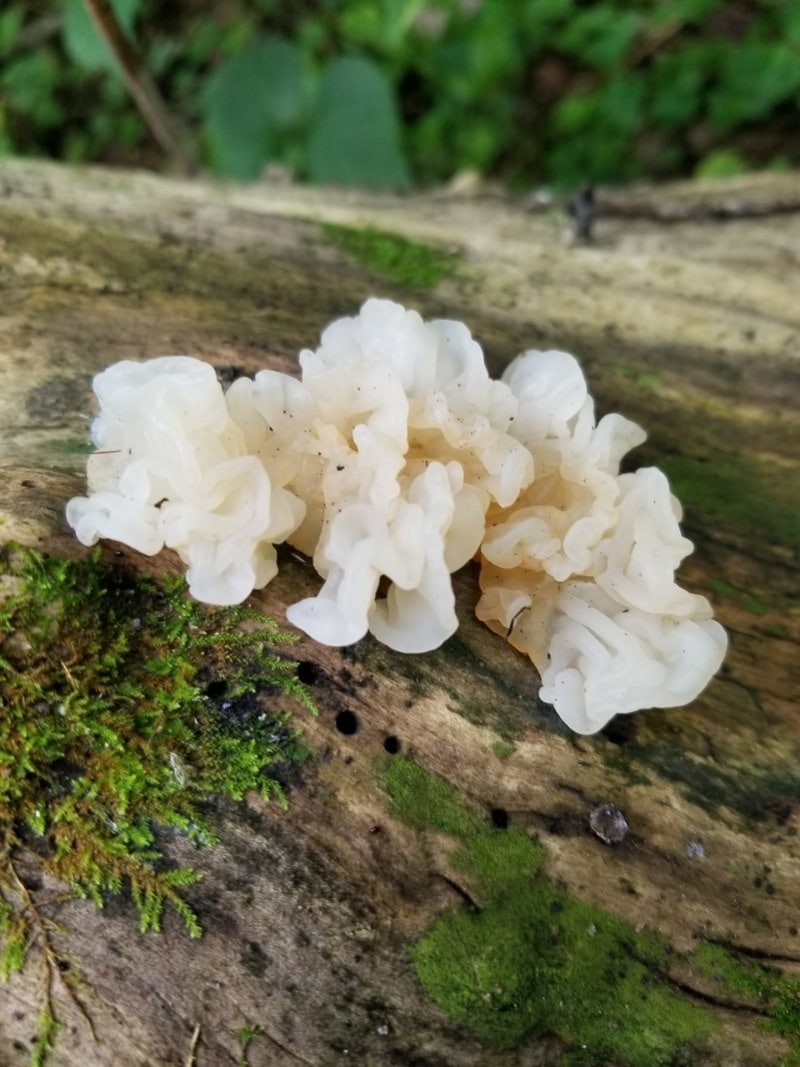
White Jelly Fungus Identification Guide
Season
The white jelly fungus can be found in late spring, summer, and fall. In tropical and subtropical areas, it may also be observed during the winter months.
Habitat
The white jelly fungus is primarily a saprobic species, meaning it obtains nutrients by decomposing decaying organic matter. It specifically thrives on decaying hardwood logs, particularly those that have lost their bark. This fungus is often one of the later species to appear in the decomposition process, typically emerging on well-rotted logs after the bark has disappeared.
It is documented in eastern and southern North America and seemingly (based on citizen science reports) more common in Indiana and Ohio. Its range extends as far south as Ecuador in South America.
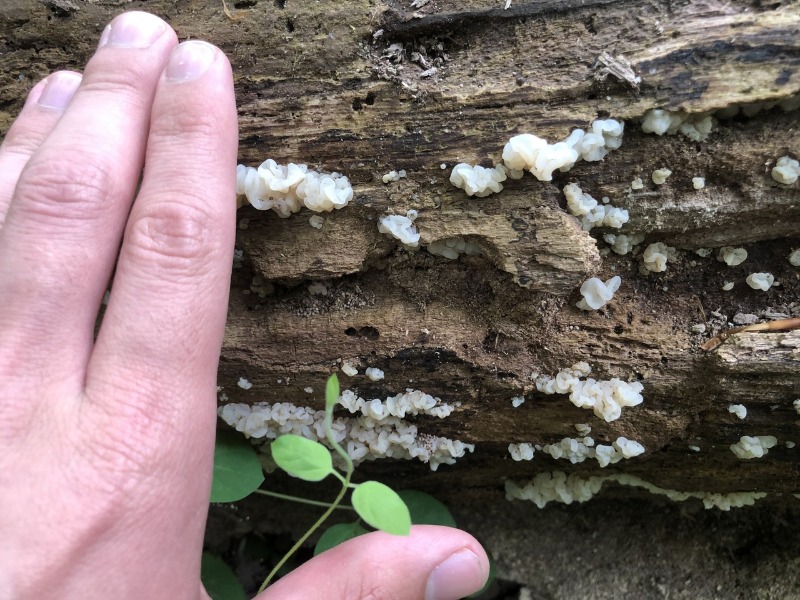
Identification
Body
The fruiting body of the white jelly fungus presents as a mass of individual, whitish, jelly-like globs. These globs often grow in close proximity, sometimes fusing together to form structures reminiscent of exposed brains. Because they are so densely clustered, it can be hard to separate out the lobes when they fuse like that. They can also appear cuplike or blister-like.
The cap’s color ranges from white to dingy yellow. The fungus may discolor to shades of purplish or brownish hues with age or upon handling. White jelly fungi bodies grow up to 6 inches wide—this is a mass of fused lobes. A single lobe is generally not more than 1.25 inches wide.
As the fungus matures, the lobes tend to build on top of themselves. New lobes grow on top of the older ones, causing the center of the mushroom to appear darker than the interior.
Stem
The white jelly fungus is stemless; it grows directly from the wood.
Flesh and Texture
The flesh of the white jelly fungus is thick and gelatinous. But, even though it is jelly-like, it is also dense and brittle. It doesn’t squish between your fingers like other jelly mushroom species. The flesh also falls apart easily, making it hard to transport in a foraging bag!
The flesh is typically white in younger specimens, but with age, it may discolor to yellowish, brownish, or even pinkish-to-purplish hues.
Odor
The odor of the white jelly fungus is often described as mild or earthy. Some individuals may detect a subtle sweetness in the aroma.
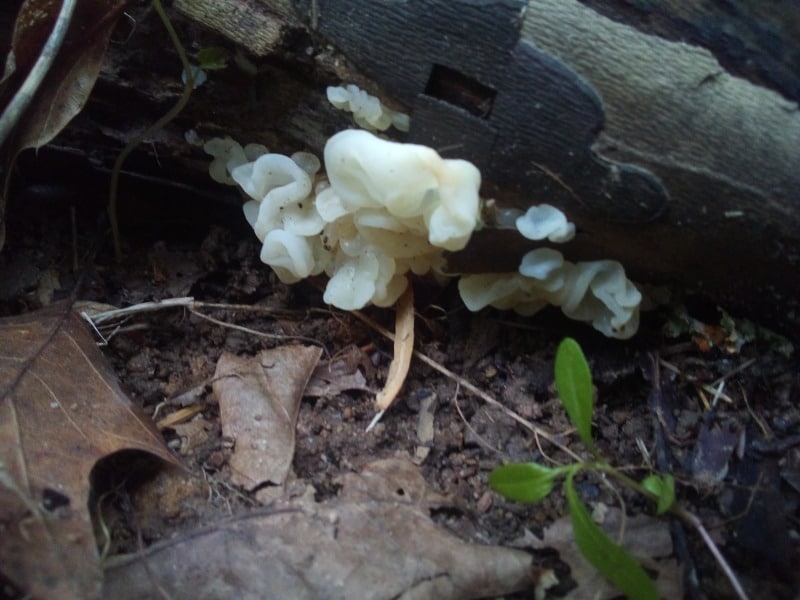
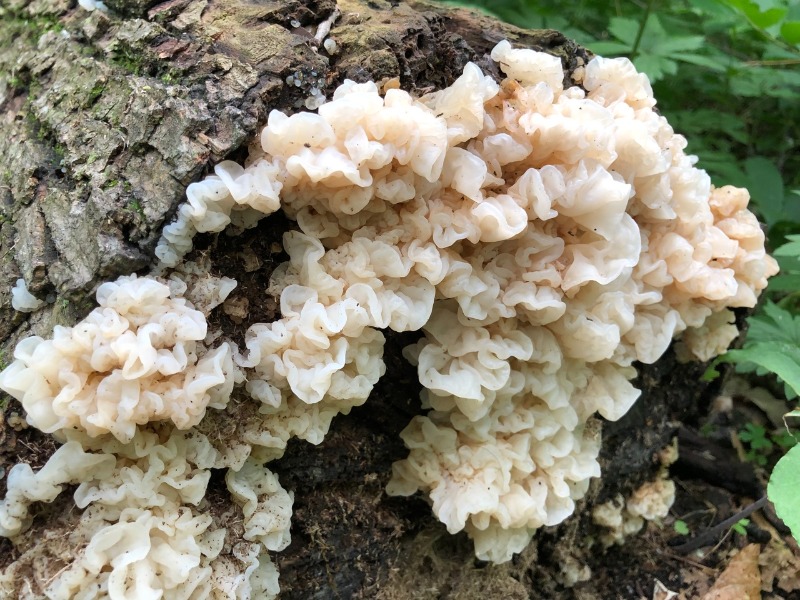
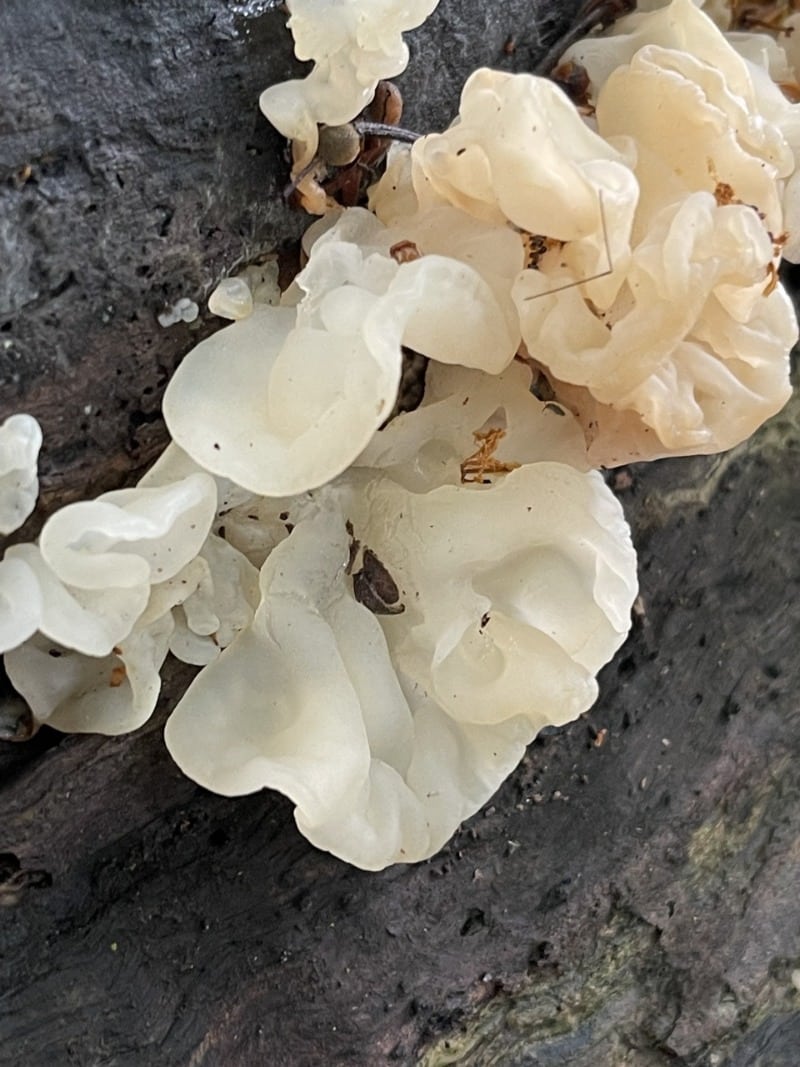
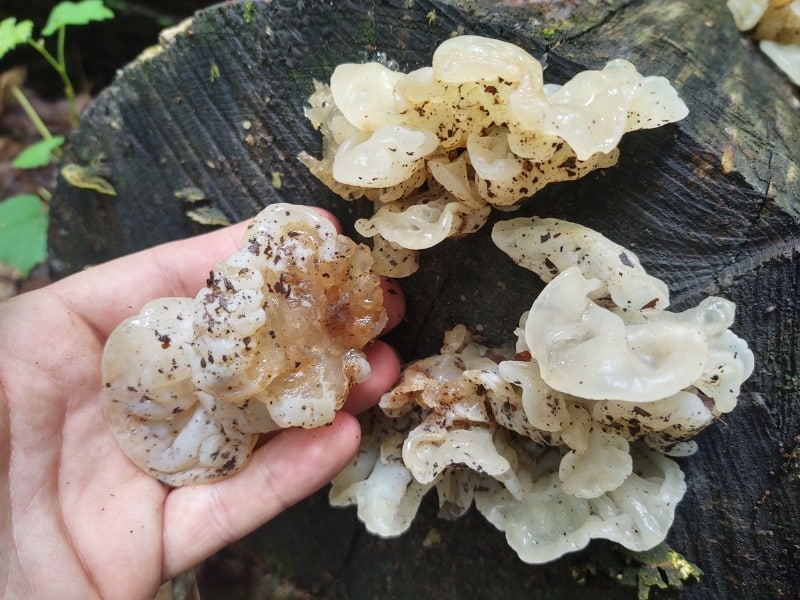
White Jelly Fungus Lookalikes
Snow Fungus (Tremella fuciformis)
This species is similar in appearance—white and gelatinous—but it has more distinct lobes. The lobes are also more pointed, less glob-like, and more graceful. The snow fungus’ flesh is also often almost translucent, a stark contrast to the deep white of the white jelly fungus.
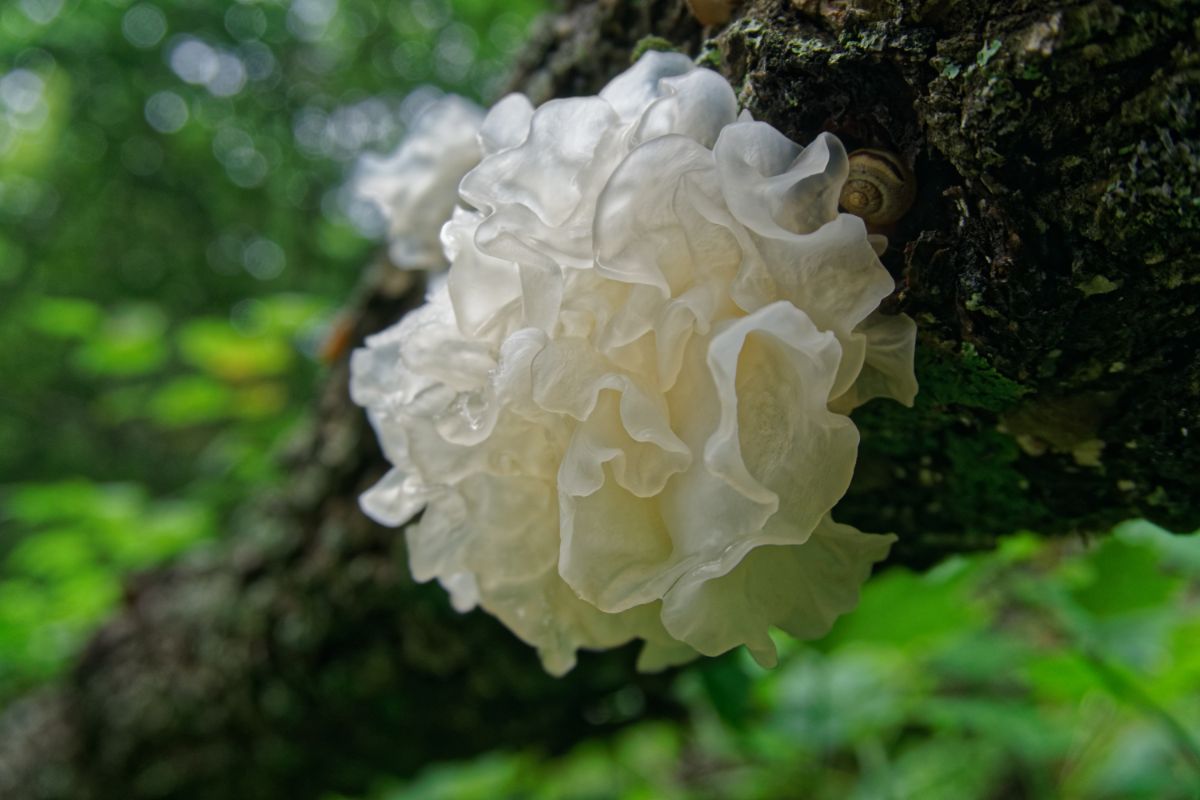
White Coral Jelly Fungus (Sebacina sparassoidea, aka Tremella reticulata)
This species grows on the ground and looks like coral growing from the forest floor. It is not goopy like the white jelly fungus; it has a more rigid structure.
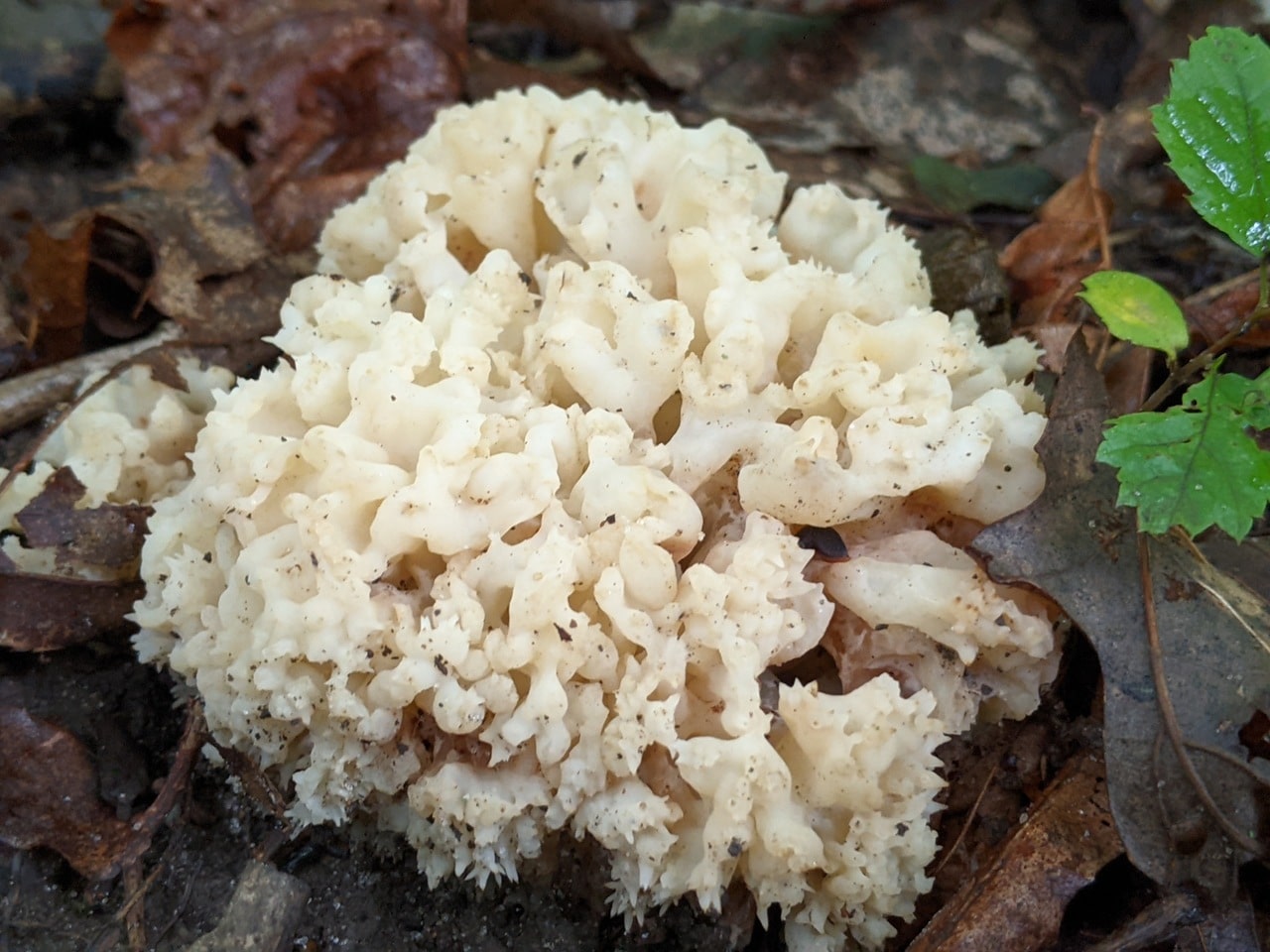
Witches’ Butter (Tremella mesenterica)
While their jelly-like bodies are similar, these two are very different colors. Witch’s butter is golden yellow to orange, while the white jelly fungus is, of course, white.
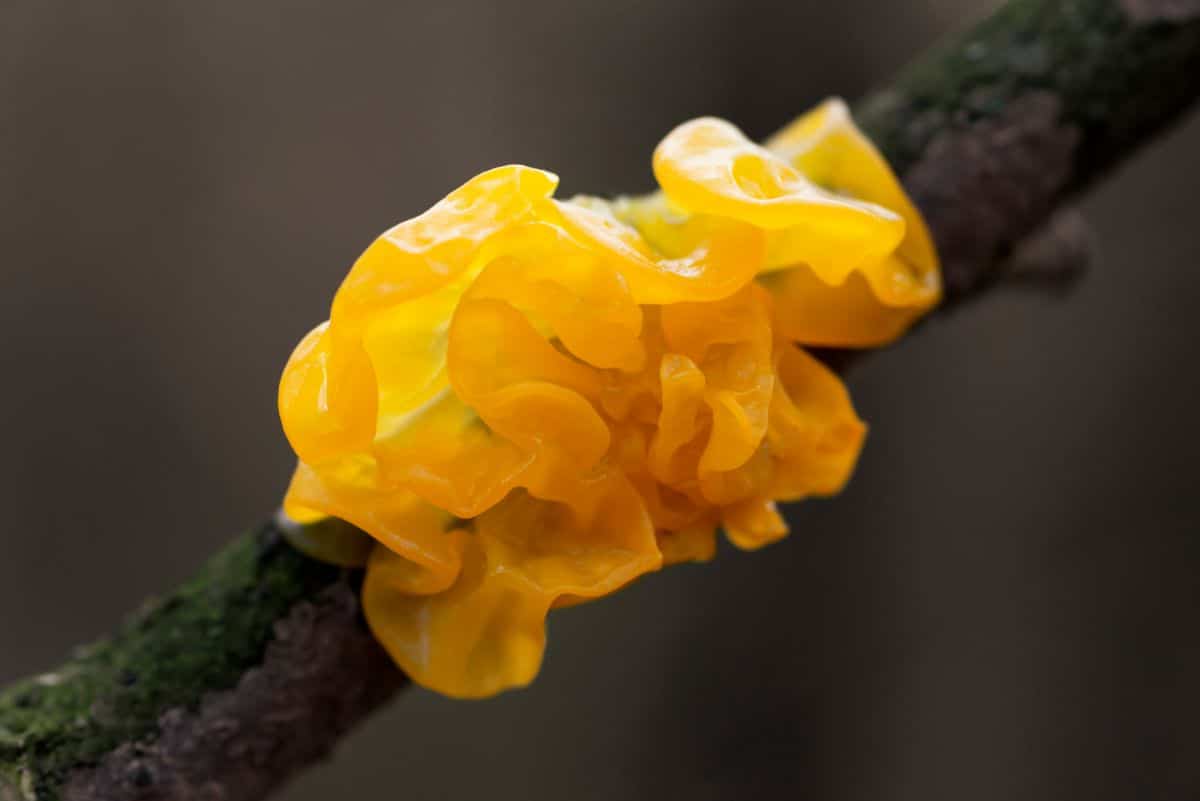
Exidia species
This family of jelly fungi generally have different colors, such as black, reddish brown, or amber.
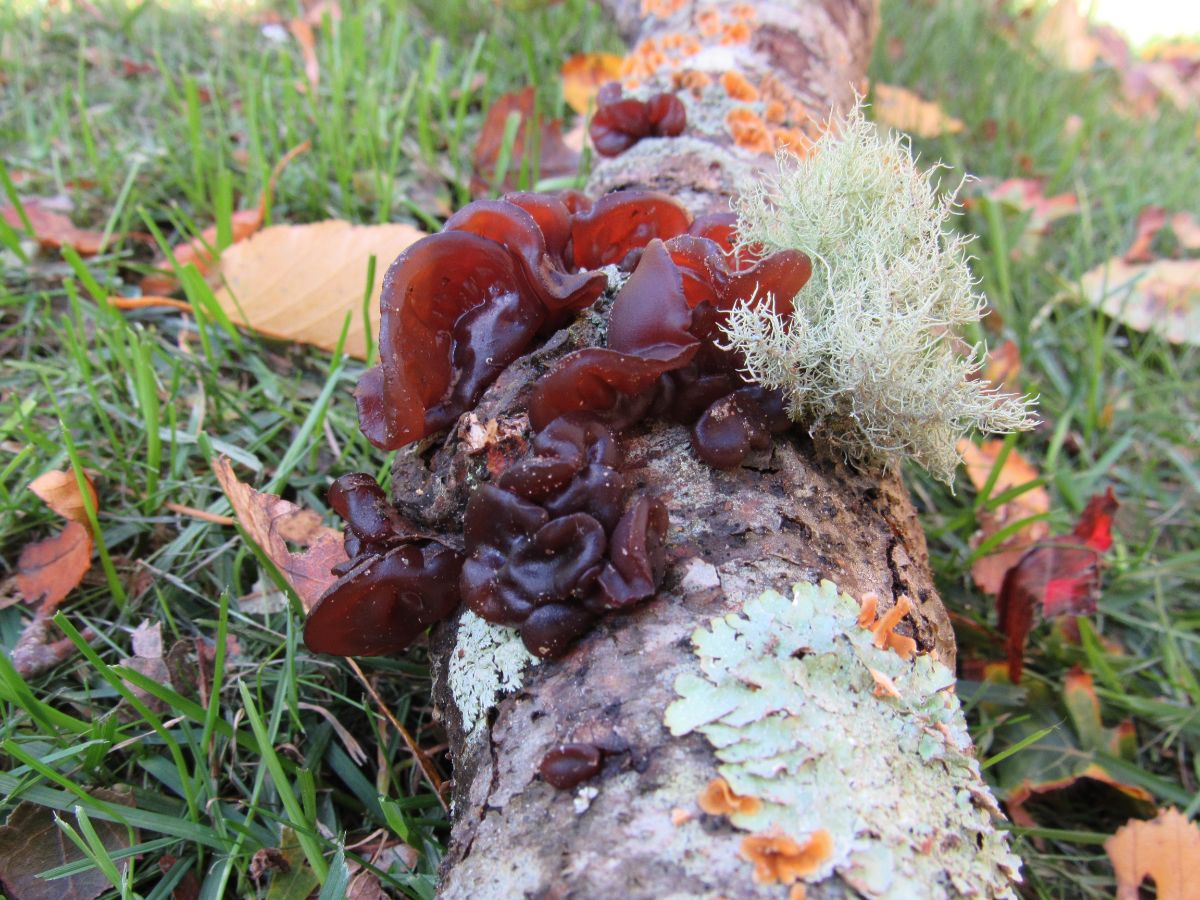
White Jelly Fungus Edibility
While no known reports of toxicity are associated with this species, the white jelly fungus is not generally considered edible. It is not particularly appetizing for most people due to its gelatinous, slimy texture and lack of flavor. This forager has heard of people using it in soups in the same way as the snow fungus. But, overall, there aren’t many reports on eating or preparing this mushroom.
We don’t recommend doing what he does, but here’s a short video of Mushroom Time eating this fungus raw and his comments on taste and texture.
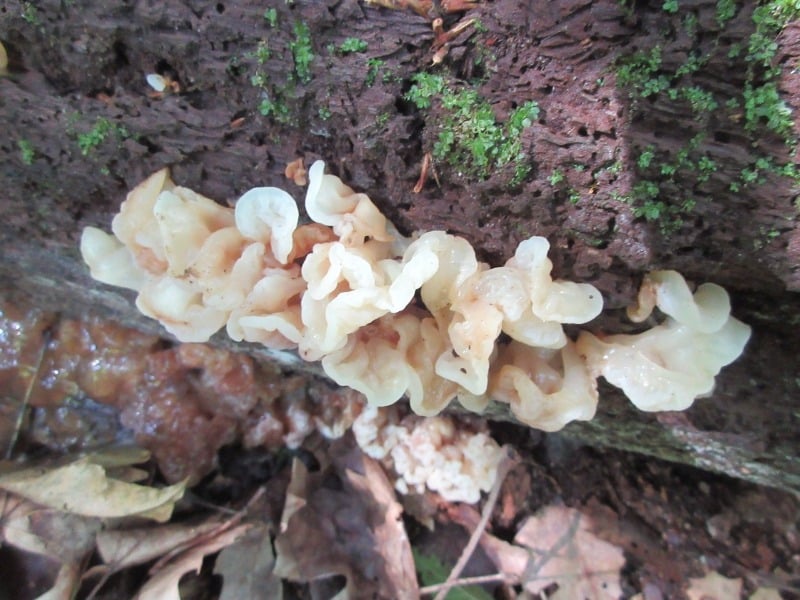
Common Questions About White Jelly Fungus
Are jelly fungus toxic?
There are no overarching “rules” about jelly fungi toxicity. Some are edible and can be eaten raw. Most jelly fungi are not dangerous, but it is always best to properly identify any species before eating it. Many jelly fungi have an unpleasant taste, so even if they’re not toxic, they’re not great to eat either.
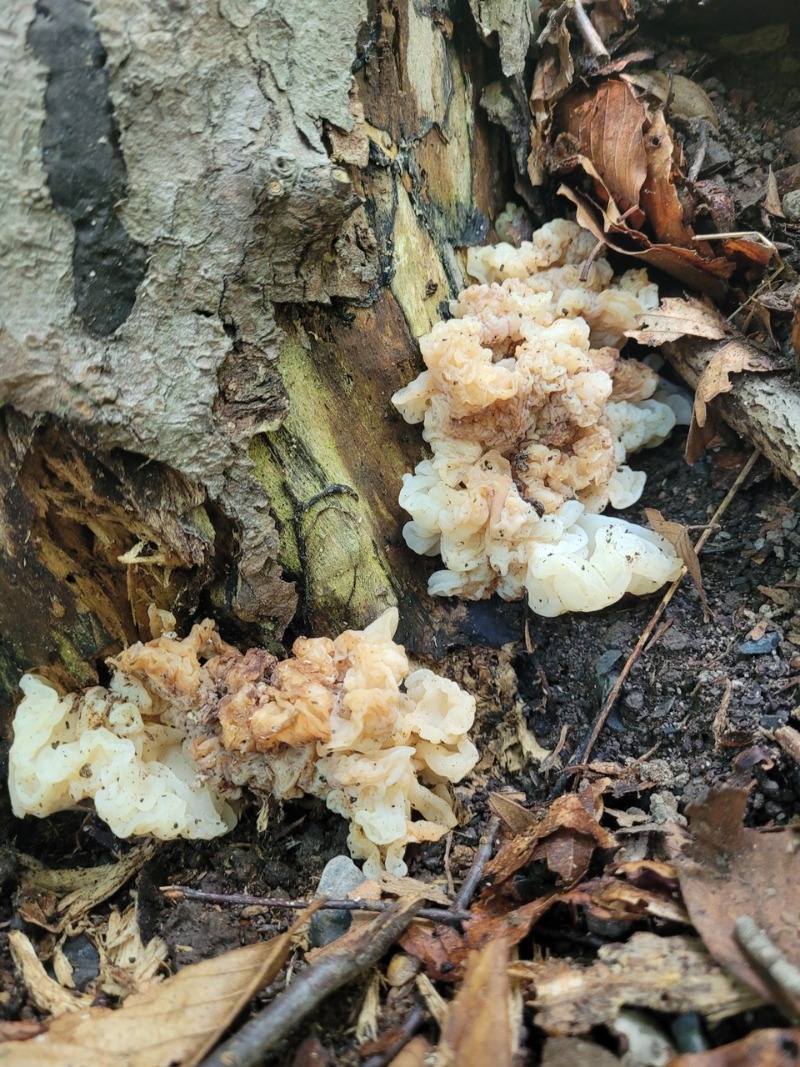

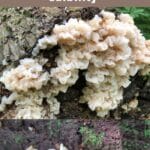
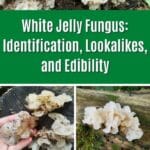

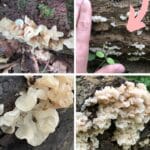
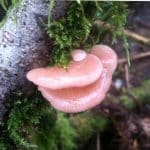
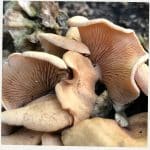
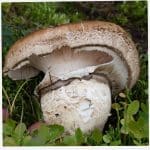
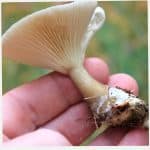
MaryThompson says
Hi Jenny, do you know if this particular type of mushroom has any medicinal benefits? Like to make it into a tincture? I know snow fungus has lots of medicinal benefits, but wasn’t sure about this one in particular?
Jenny says
I don’t know of any medicinal benefits for the white jelly fungus. It’s not related to snow fungus, even though they look similar
Lewis Leung says
I have eaten White jelly fungus and snow fungus many times, no problem at all. Chinese made sweet and tasty dessert soup with the fungus, mostly from the dried one sold in Asian grocery stores. And since I found them fresh after rainy days, I collected them and made the soup with other herbs like red dates, cane sugar, goji and lotus seeds etc. We love it a lot. But I have never tried using the coral jelly fungus for that even though I have found some a month ago. Yes, it tastes like tasteless jello though, but with the right herb, its delicious and healthy.
Jenny says
Thank you for the feedback. It is definitely a type that isn’t for everyone but when prepared right, is yummy
AM says
Seems Myxarium nucleatum and Naematelia encephala would be better look alikes to address than Tremella and the brown Exidia.
Since this post doesn’t specify North America, Exidia thuretiana should be listed, although it doesn’t occur in North America as far as I know.
K A Saju says
I would like to identify a jelly mushroom. How to post my pic.
Jenny says
You can submit photos to our facebook group, make sure to read the pinned/featured post and submit necessary info https://www.facebook.com/groups/340690111324762